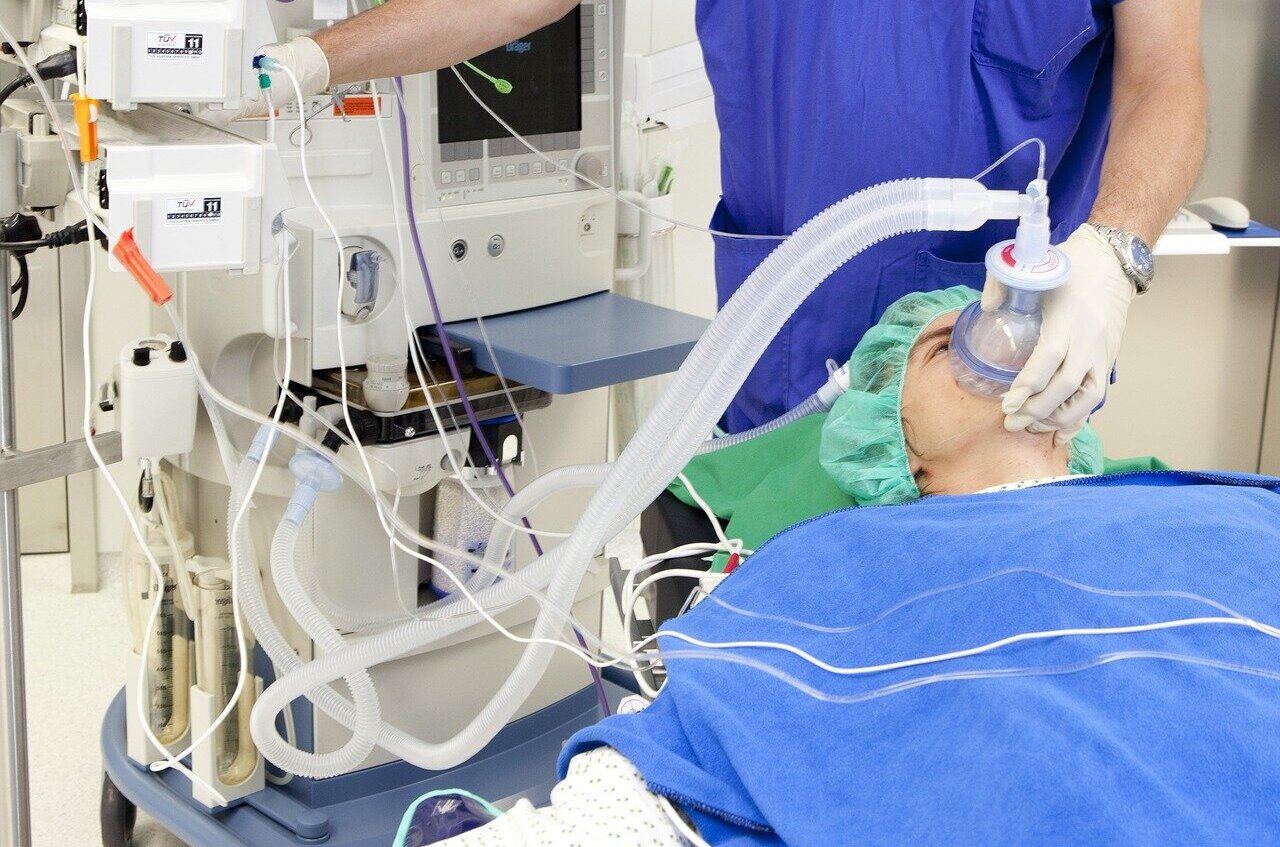Breathe Easier: How Eco-Friendly Anesthesia Is Saving Patients and the Planet

The Global Healthcare Footprint: Unmasking Carbon Emissions in Medical Systems
The healthcare sector stands as a surprising yet significant contributor to global carbon emissions, weaving a complex web of environmental impact that extends far beyond patient care. From the moment medical waste is generated to the transportation of critical supplies, the industry's carbon footprint is both extensive and multifaceted.
At the heart of these emissions lie several key sources: inefficient waste management practices, the proliferation of single-use plastics, and the constant movement of medical resources and personnel. Hospitals, clinics, and medical facilities worldwide are increasingly recognizing the urgent need to address their environmental responsibilities.
Single-use plastics, in particular, represent a critical challenge. Disposable syringes, packaging, and protective equipment generate massive amounts of non-biodegradable waste that lingers in our environment long after their brief medical utility. Transportation emissions further compound the problem, with medical supplies, equipment, and healthcare professionals constantly traversing global networks.
As climate consciousness grows, forward-thinking healthcare institutions are pioneering sustainable strategies. These include implementing robust recycling programs, investing in energy-efficient infrastructure, and reimagining supply chain logistics to minimize carbon output.
The journey towards a more environmentally responsible healthcare system is complex but essential. By acknowledging and actively addressing these carbon emissions, the medical community can heal not just individual patients, but contribute to the broader health of our planet.
